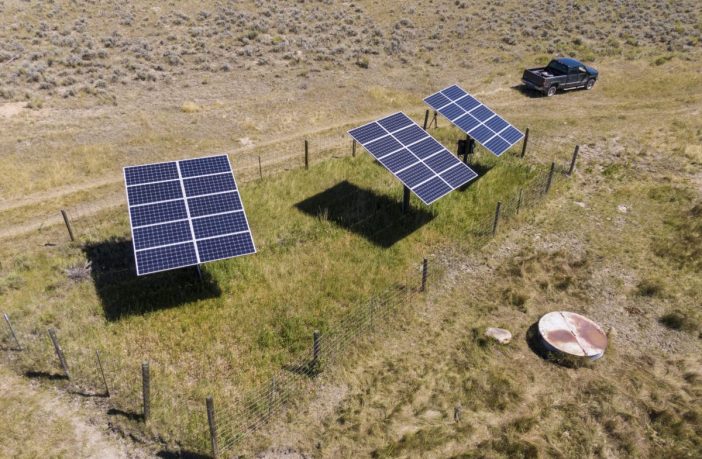- A group of scientists from Russia’s Federal Scientific Agroengineering Center VIM (FSAC VIM) has provided a retrospective analysis of the most important research conducted on photovoltaic water pumping systems (PVWPS) over the past 55 years and has analyzed the most relevant issues and opportunities in their development, operation, and optimization.
“The use of PVWPS is an attractive alternative for irrigation and drinking-water supply in urban and rural regions of the countries with huge solar energy potential, where a considerable part of rural population lives in remote areas, such as India, China, other countries of Asia and Africa,” the researchers stated. “Unlike conventional water pumps, correctly-designed and sized PVWPS are capable of providing essential long-term savings.”
The scientists stressed how most of the technological advances achieved for solar water pumps were achieved in the last decades of the past century and these were mainly improvements in the photovoltaic array structure, the interconnection of the solar modules, the interaction of the photovoltaic array with the electric motor, and that of the electric motor with the pump. Furthermore, strategies for consumption optimization and control improvement, through maximum power point tracking (MPPT), were also implemented.
In the past and current decade, most of the studies were devoted to applying PVWPS’ in different countries or dealt with problems of practical use of solar energy for irrigation. “The advantages of solar energy application in water supply systems for irrigation are associated with the seasonal correlation between the annual maximum of solar energy [supply]and that of water demand characterized by low probability of cloudy weather, during [the]spring-summer period,” the Russian group explained.
Their findings are presented in the paper Review of photovoltaic water pumping system research, published in Energy Reports.
Author: Emiliano Bellini
This article was originally published in pv magazine and is republished with permission.















